The day begins with you looking out the window at your landscape and wishing you could bring some of the color indoors. You have had flowers in a vase on display in your house and really enjoy them. Time is a little tight and the places to purchase flowers are not close to your home. Maybe it’s time for you to try your hand at growing some perennials and annuals to cut and bring indoors.
The space could be an area for you to slow down, unwind, decompress, and simply relax. You can have your very own cutting garden. The area should get a minimum of 5 hours of sun per day. Placing a garden bench in the space will also give you a spot to take in all the colors and fragrances.
After you have chosen the area for your cutting garden begin with amending the soil (refer to April Landscape Article). Amending the soil will help with drainage and there will be nutrients available to the perennials and annuals for better plant health. Healthy plants have cleaner, fuller foliage, and brighter colors and more blooms. Two other options for your cutting garden would be to make it part of a vegetable garden or spread the cutting flowers throughout existing beds.
Planning will help you to avoid gaps in bloom times. Plant multiple perennials that bloom at the same time throughout the spring, summer, and fall. They should also overlap the spring, summer, and fall seasons. Keep the garden simple by planting in rows. This will help in the cutting, feeding of the plants, and weeding the garden. Remember to have a variety of colors, heights, and textures. This will help you create fun and professional looking arrangements.
The following is a plant list to get you started: Achillea, Anemone, Aster, Campanula, Carnation, Coreopsis, Echinacea, Gaillardia, Hibiscus, Hydrangea, Iris, Liatris, Monarda, Paeonia, Phlox, Rosa, Rudbeckia, Salvia, and Veronica. These plants offer a variety of bloom colors, heights, and textures. Take the list and wander through our greenhouses or visit our website and browse the plant library. This will help you to become more familiar with the plants and get you started on your cutting garden journey.
Once you have prepared the soil and planted. Monitor for problems from critters, insects, and diseases. There are a variety of chemical or organic products to deter or eliminate these problems. When you bring the cut flowers in your home for all to enjoy, just a friendly reminder, you are the creator and artist behind each beautiful arrangement on display.

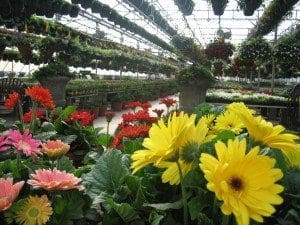

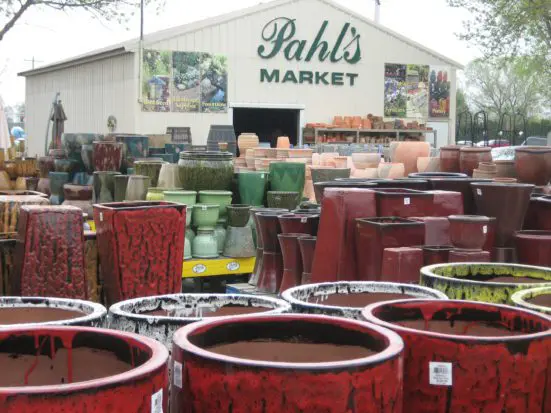













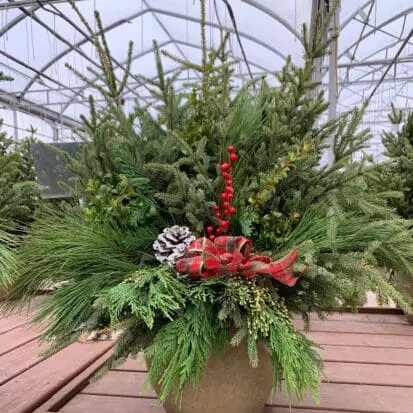
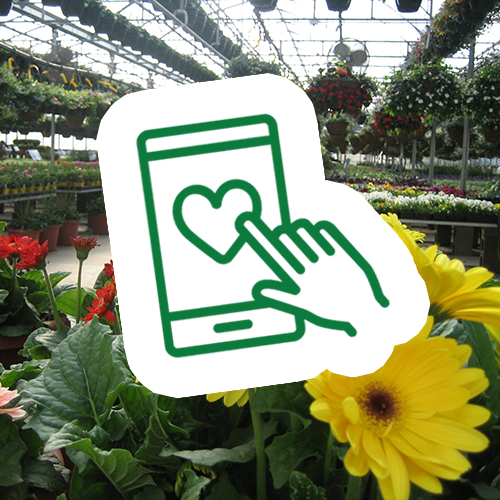
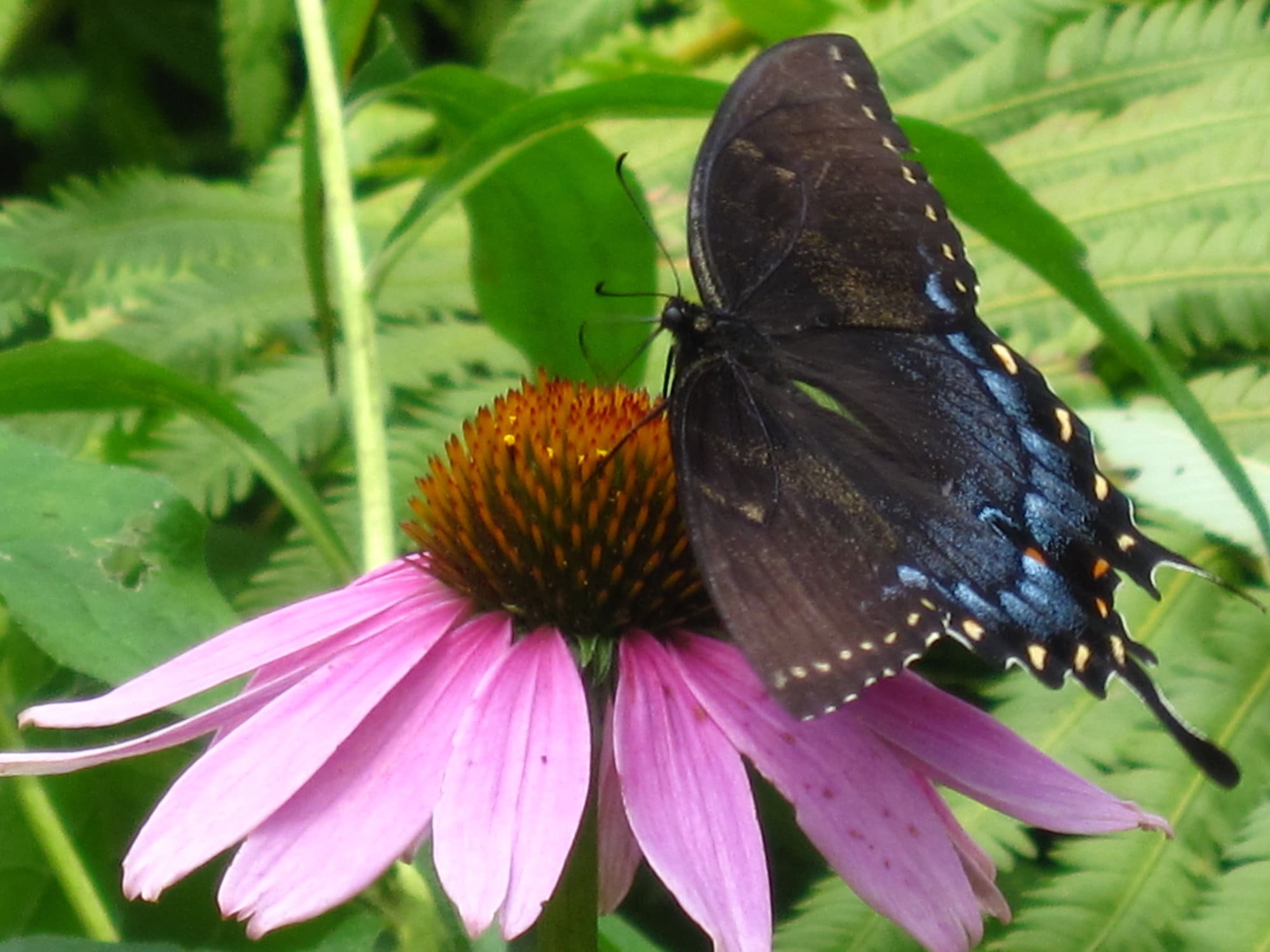
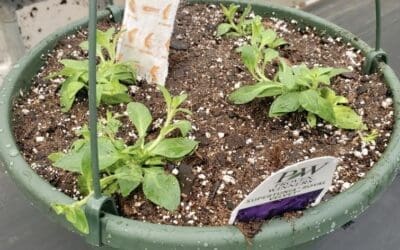


0 Comments